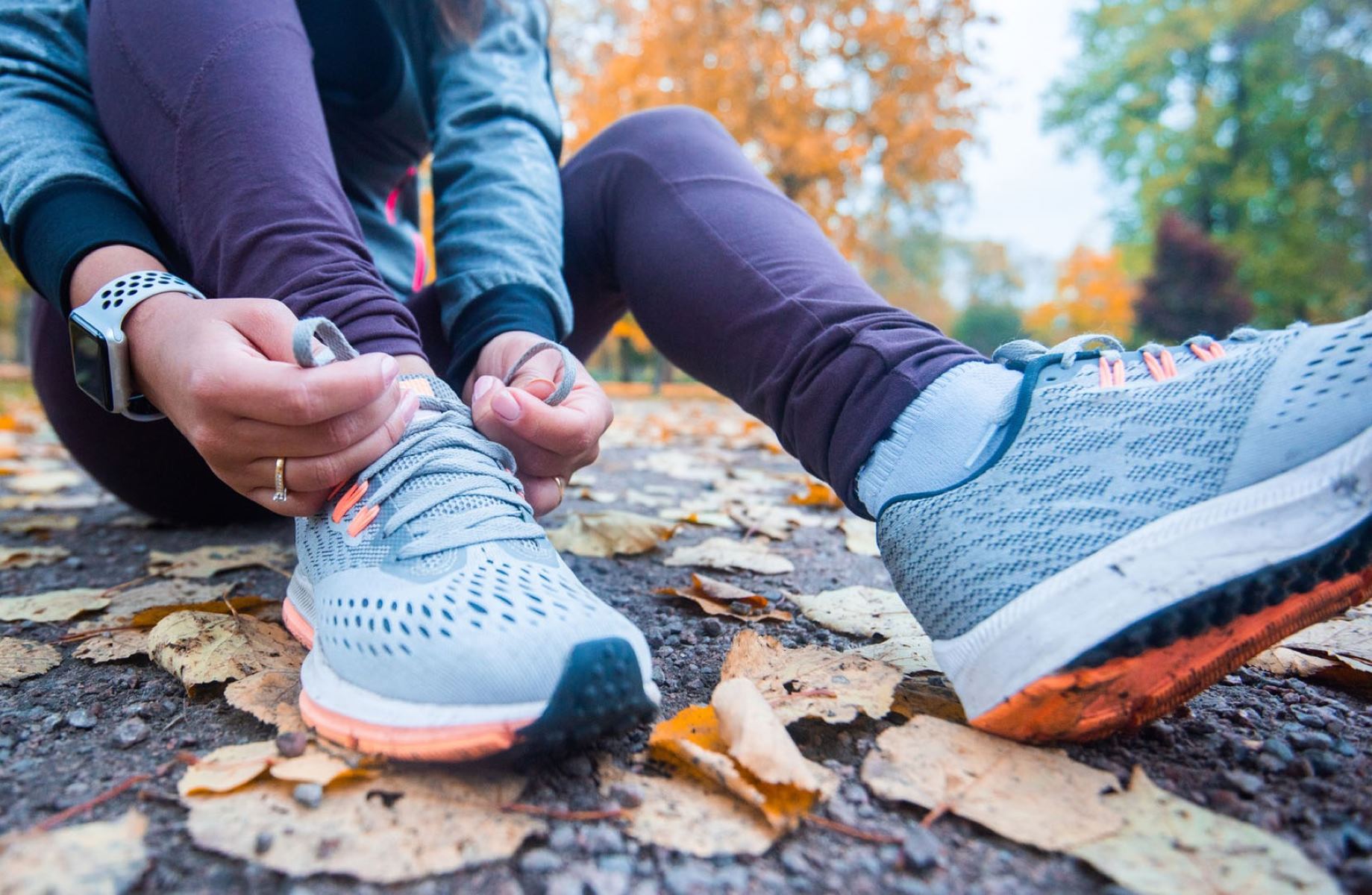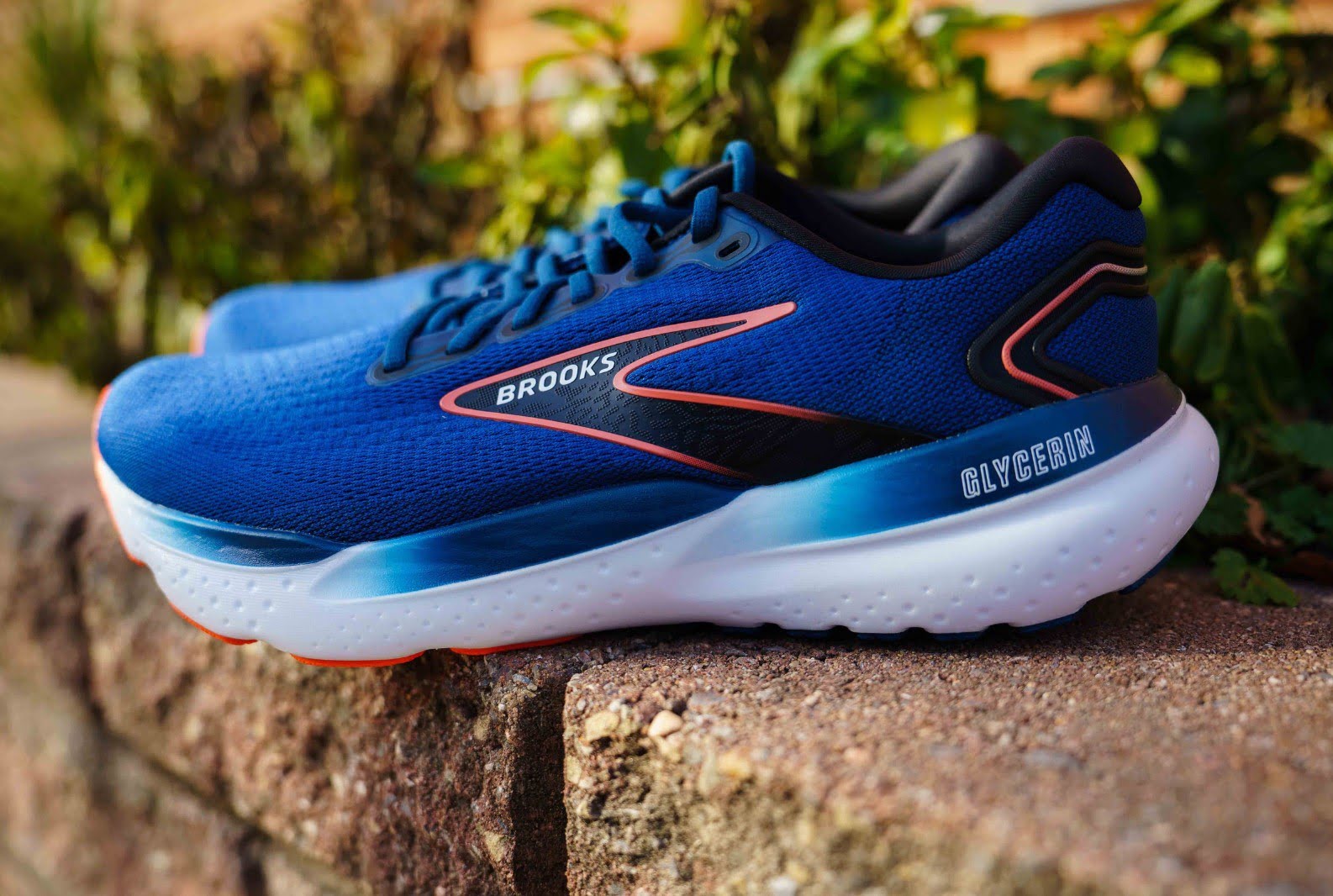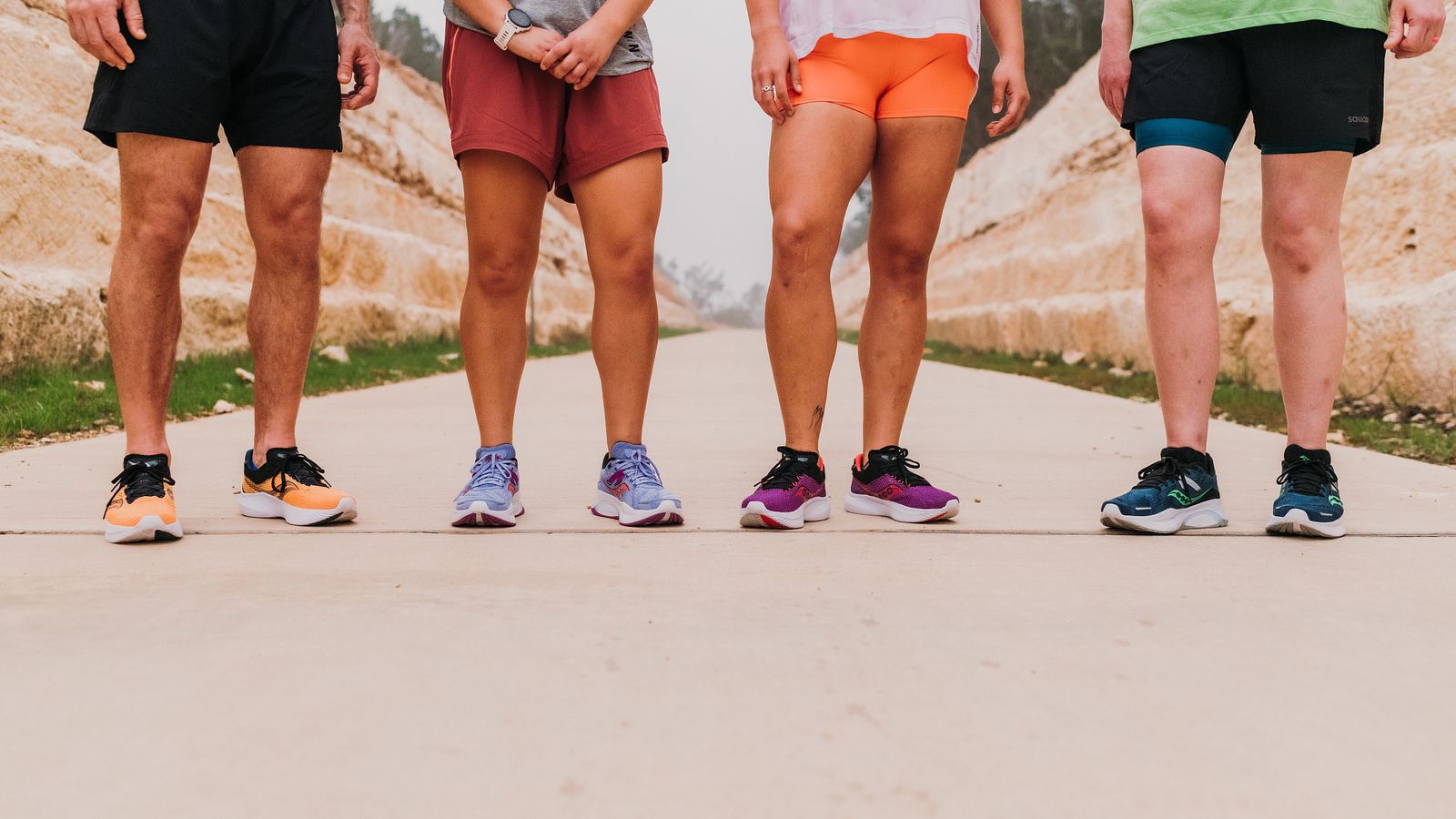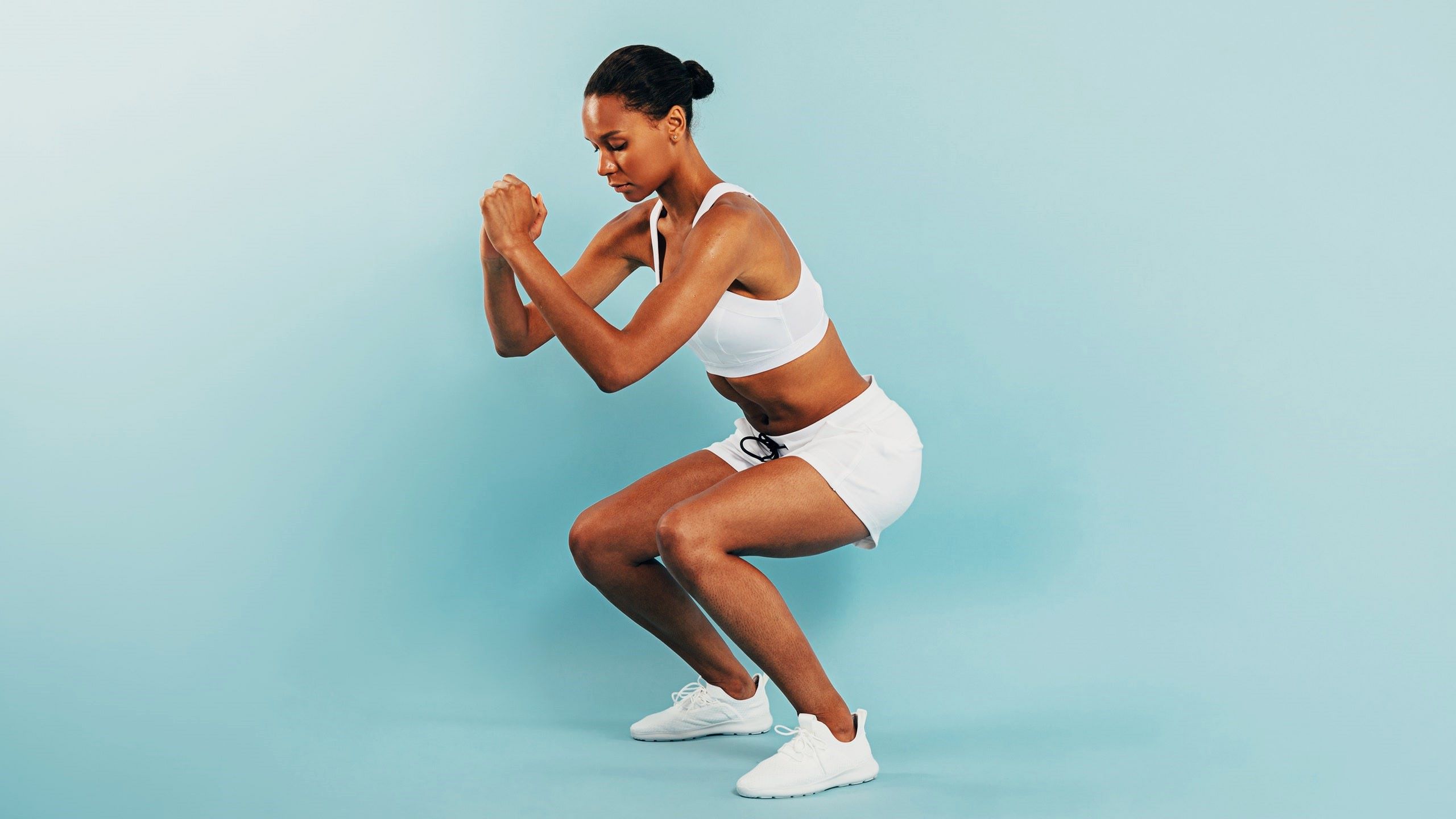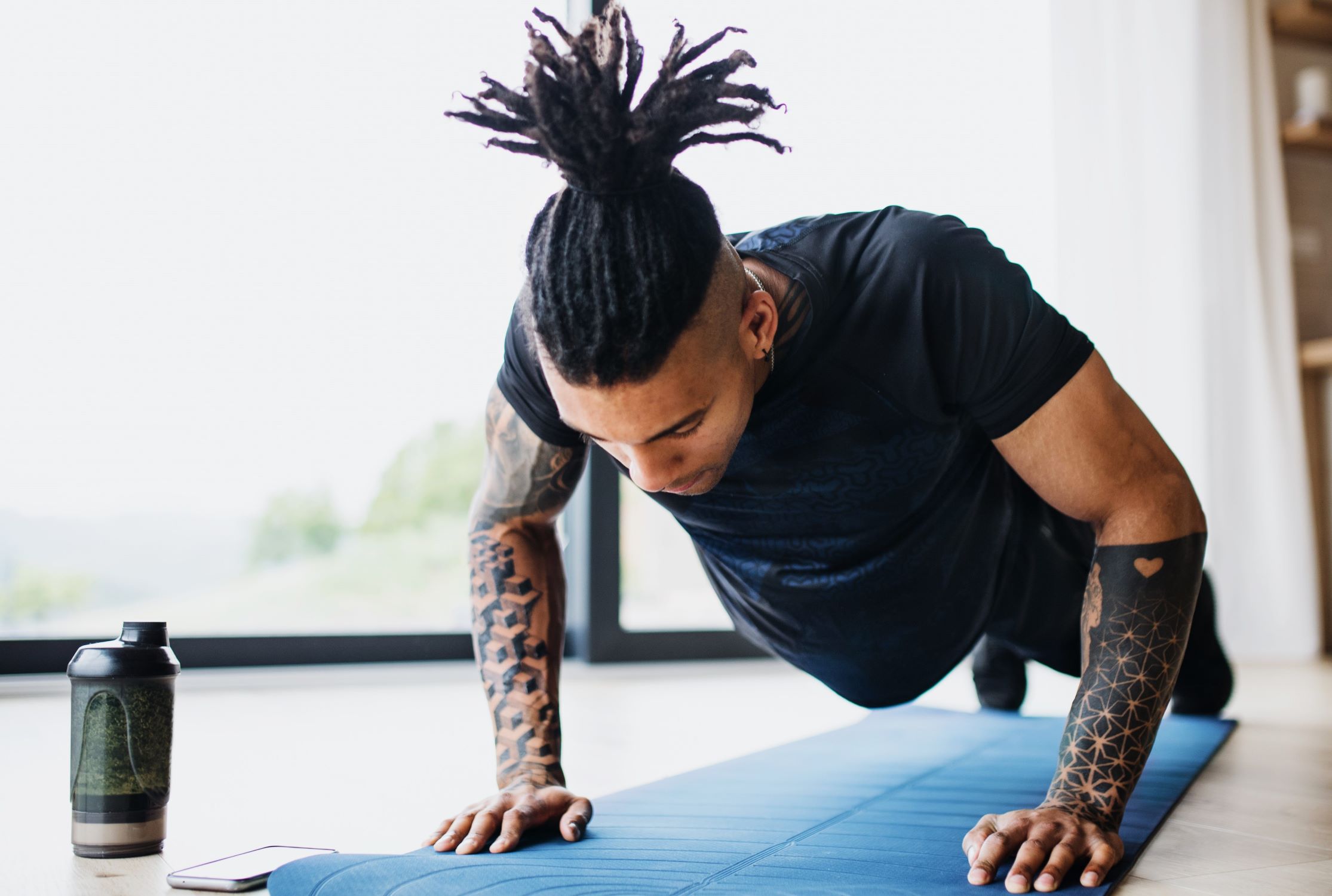Home>Training & Techniques>Cross-Training>Top Resistance Band Exercises For Runners
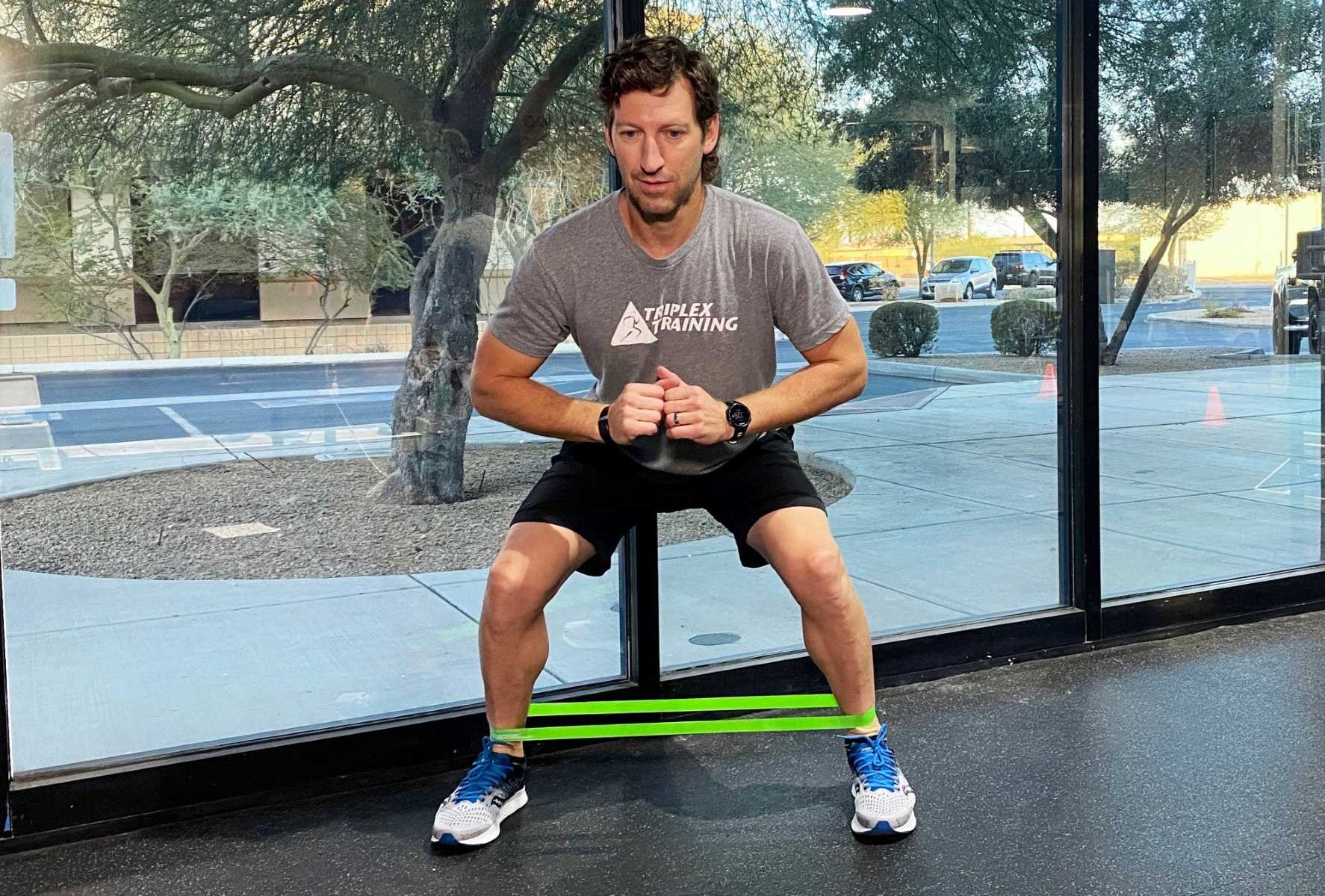

Cross-Training
Top Resistance Band Exercises For Runners
Published: February 20, 2024
Incorporate cross-training into your running routine with these top resistance band exercises. Strengthen key muscles and improve performance.
(Many of the links in this article redirect to a specific reviewed product. Your purchase of these products through affiliate links helps to generate commission for Therunningadvisor.com, at no extra cost. Learn more)
Table of Contents
Benefits of Using Resistance Bands for Runners
Incorporating resistance bands into a runner's training regimen offers a myriad of benefits, enhancing overall performance, strength, and flexibility. These versatile bands provide a low-impact yet highly effective method for improving running-specific muscle groups and preventing injuries. Let's delve into the numerous advantages of integrating resistance bands into a runner's workout routine:
-
Enhanced Strength and Endurance: Resistance bands are exceptional tools for building strength and endurance in the muscles essential for running, such as the quadriceps, hamstrings, and glutes. By incorporating resistance band exercises into their training, runners can effectively target and strengthen these crucial muscle groups, ultimately improving their running performance and reducing the risk of fatigue during long-distance runs.
-
Improved Flexibility and Range of Motion: Utilizing resistance bands in dynamic stretching exercises helps runners enhance their flexibility and range of motion. These exercises assist in elongating the muscles, tendons, and ligaments, thereby reducing the likelihood of muscle strains and enhancing overall mobility. Enhanced flexibility also contributes to a more efficient running stride, potentially leading to improved speed and reduced risk of injury.
-
Injury Prevention and Rehabilitation: Resistance bands play a pivotal role in injury prevention and rehabilitation for runners. By engaging in targeted resistance band exercises, runners can strengthen the muscles surrounding vulnerable areas, such as the knees and ankles, reducing the risk of common running-related injuries. Additionally, resistance bands are valuable tools for rehabilitating existing injuries, aiding in the gradual restoration of strength and mobility while minimizing the impact on the injured area.
-
Versatility and Portability: One of the most significant advantages of resistance bands is their versatility and portability. Runners can easily incorporate resistance band exercises into their pre-run warm-up, post-run cool-down, or strength training routines, whether at home, in the gym, or while traveling. The convenience of resistance bands makes it effortless for runners to maintain a consistent training regimen regardless of their location or schedule.
-
Low-Impact Training: Unlike traditional weight training, resistance band exercises offer a low-impact alternative that reduces stress on the joints while still providing a challenging workout. This makes resistance bands an ideal choice for runners looking to strengthen their muscles without subjecting their bodies to excessive strain, particularly beneficial for individuals recovering from injuries or those seeking to minimize the impact of high-intensity training on their joints.
Incorporating resistance bands into a runner's training routine can yield substantial benefits, including enhanced strength, flexibility, injury prevention, and portability. By leveraging the unique advantages of resistance bands, runners can optimize their performance, reduce the risk of injuries, and enjoy a more well-rounded and effective training experience.
Read more: Top 4 Balance Exercises For Runners
Warm-Up Exercises with Resistance Bands
Before embarking on a run, it's crucial for runners to engage in a comprehensive warm-up routine to prepare their muscles and joints for the physical demands ahead. Incorporating resistance bands into the warm-up regimen can significantly enhance the effectiveness of the routine, priming the body for optimal performance while minimizing the risk of injury. Here are several dynamic warm-up exercises utilizing resistance bands that are tailored to benefit runners:
1. Leg Swings
Using a resistance band for leg swings can effectively activate the hip flexors, hamstrings, and glutes, promoting improved flexibility and range of motion. Secure the resistance band to a stationary object and loop it around one ankle. Stand facing the anchor point and gently swing the banded leg forward and backward, allowing the resistance band to provide controlled resistance throughout the movement. Perform 10 to 15 swings on each leg to stimulate the muscles and enhance joint mobility.
2. Lateral Leg Raises
Lateral leg raises with a resistance band target the hip abductors, which play a crucial role in stabilizing the pelvis during running. Begin by securing the resistance band around both ankles and standing with feet hip-width apart. With the band providing resistance, lift one leg sideways, maintaining control and returning to the starting position. Perform 12 to 15 repetitions on each leg to activate the hip abductors and improve lateral stability.
3. Glute Bridges
Incorporating a resistance band into glute bridges amplifies the activation of the glute muscles, essential for powering the running stride. Lie on your back with knees bent and the resistance band positioned just above the knees. Engage the glutes to lift the hips off the ground while pressing against the resistance band, creating tension that intensifies the exercise. Perform 15 to 20 repetitions to effectively activate and strengthen the glute muscles.
4. Squats with Lateral Leg Lift
Combining squats with lateral leg lifts using a resistance band engages multiple muscle groups simultaneously, including the quadriceps, glutes, and hip abductors. Place the resistance band around both legs, just above the knees, and assume a squat position. As you rise from the squat, lift one leg laterally against the resistance of the band, then return to the squat position and repeat on the opposite side. Perform 10 to 12 repetitions on each leg to enhance lower body strength and stability.
By integrating these dynamic warm-up exercises with resistance bands into their pre-run routine, runners can effectively activate key muscle groups, improve flexibility, and enhance overall joint mobility. This tailored warm-up approach primes the body for the physical demands of running, setting the stage for a productive and injury-free workout.
Lower Body Strength Exercises with Resistance Bands
Incorporating lower body strength exercises with resistance bands into a runner's training regimen is instrumental in enhancing muscular strength, power, and endurance, ultimately contributing to improved running performance and reduced risk of injuries. These targeted exercises effectively engage key lower body muscle groups, including the quadriceps, hamstrings, glutes, and calves, promoting balanced muscle development and functional strength essential for runners. Here are several dynamic and effective lower body strength exercises utilizing resistance bands:
1. Squats with Resistance Bands
Squats are a fundamental lower body exercise that, when combined with resistance bands, intensify muscle activation and strengthen the quadriceps, hamstrings, and glutes. To perform this exercise, place the resistance band just above the knees or around the thighs and assume a shoulder-width stance. As you lower into a squat position, the resistance band provides external resistance, challenging the muscles throughout the movement. Aim to perform 12 to 15 repetitions to effectively target and strengthen the lower body muscles.
2. Lateral Band Walks
Lateral band walks are highly effective for targeting the hip abductors and external rotators, crucial for maintaining stability and proper alignment during running. Begin by placing the resistance band around the thighs or ankles and assuming a partial squat position with feet hip-width apart. While keeping tension on the band, take lateral steps to the right, then return to the starting position and repeat the movement to the left. Perform 10 to 12 steps in each direction to engage and strengthen the hip muscles.
3. Glute Kickbacks
Glute kickbacks with resistance bands specifically target the gluteus maximus, aiding in improving hip extension strength and power, essential for propelling forward motion during running. Start by securing the resistance band around one ankle and positioning yourself on all fours. With the resistance band providing tension, extend the banded leg backward, focusing on engaging the glute muscles throughout the movement. Perform 12 to 15 repetitions on each leg to effectively activate and strengthen the glutes.
4. Calf Raises with Resistance Bands
Calf raises are pivotal for strengthening the calf muscles, which play a significant role in providing propulsion and stability during running. Incorporating a resistance band into calf raises adds resistance throughout the full range of motion, effectively targeting the calf muscles. Stand with the resistance band secured under the balls of the feet and perform calf raises, lifting the heels off the ground while maintaining tension on the band. Aim for 15 to 20 repetitions to effectively strengthen the calf muscles.
By integrating these lower body strength exercises with resistance bands into their training routine, runners can effectively target and strengthen the key muscle groups essential for running, ultimately enhancing lower body strength, power, and endurance. This tailored approach to lower body strength training with resistance bands contributes to improved running performance, reduced risk of injuries, and overall muscular balance and stability.
Core Strengthening Exercises with Resistance Bands
Core strength is paramount for runners as it forms the foundation for efficient running mechanics, stability, and injury prevention. Integrating resistance bands into core strengthening exercises offers a dynamic and targeted approach to fortifying the abdominal, oblique, and lower back muscles, essential for maintaining proper posture and generating power during running. Here are several highly effective core strengthening exercises utilizing resistance bands:
1. Pallof Press
The Pallof press is a functional anti-rotation exercise that targets the core muscles, particularly the obliques, while enhancing stability and balance. Begin by attaching the resistance band to a stationary anchor at chest height. Stand perpendicular to the anchor point, grasp the band with both hands, and assume a shoulder-width stance. With the band positioned at chest level, extend your arms forward, resisting the pull of the band, and then return to the starting position. Perform 10 to 12 repetitions on each side to effectively engage the core muscles and improve anti-rotation strength.
2. Russian Twists
Russian twists with a resistance band intensify the engagement of the obliques and rectus abdominis, promoting rotational strength and stability. Sit on the floor with knees bent, feet elevated, and the resistance band wrapped around the feet. Grasp the band with both hands and lean back slightly to engage the core. While maintaining a stable torso, rotate the band from side to side, ensuring controlled movement throughout. Aim for 12 to 15 twists on each side to effectively target the oblique muscles and enhance rotational stability.
3. Dead Bug
The dead bug exercise with a resistance band is highly effective for targeting the deep core muscles while promoting lumbo-pelvic stability. Begin by lying on your back with the resistance band wrapped around the feet. Lift the legs to a tabletop position and extend the arms upward, holding the band with both hands. While maintaining a stable core and neutral spine, alternately extend one leg and the opposite arm, resisting the pull of the band. Perform 10 to 12 repetitions on each side to effectively engage the deep core muscles and enhance stability.
4. Plank with Shoulder Taps
Incorporating a resistance band into the plank with shoulder taps adds an element of instability, intensifying the engagement of the core muscles and promoting shoulder stability. Begin in a plank position with the resistance band looped around the wrists. While maintaining a stable plank, alternate tapping each shoulder with the opposite hand, resisting the pull of the band to stabilize the core. Aim for 10 to 12 taps on each shoulder to effectively engage the core muscles and enhance shoulder stability.
By integrating these core strengthening exercises with resistance bands into their training routine, runners can effectively target and strengthen the key muscles essential for maintaining proper posture, stability, and power generation during running. This tailored approach to core strengthening with resistance bands contributes to improved running efficiency, reduced risk of injuries, and enhanced overall core stability and strength.
Injury Prevention Exercises with Resistance Bands
Injury prevention is a critical aspect of a runner's training regimen, and the integration of resistance bands into targeted exercises can significantly reduce the risk of common running-related injuries. By engaging in specific resistance band exercises, runners can strengthen key muscle groups, improve stability, and enhance overall joint mobility, thereby mitigating the likelihood of injuries. Here are several injury prevention exercises utilizing resistance bands that are tailored to benefit runners:
1. Clamshells
Clamshell exercises with a resistance band effectively target the hip abductors and external rotators, crucial for maintaining proper hip and knee alignment during running. To perform this exercise, lie on one side with the resistance band positioned just above the knees. Bend the knees and hips to approximately 45 degrees and, while keeping the feet together, open the top knee against the resistance of the band. Perform 12 to 15 repetitions on each side to effectively engage and strengthen the hip muscles, reducing the risk of IT band syndrome and knee injuries.
2. Ankle Inversion and Eversion
Ankle stability is paramount for runners, and resistance band exercises focusing on ankle inversion and eversion help fortify the muscles and ligaments surrounding the ankle joint. Sit on the floor with the legs extended and loop the resistance band around the forefoot. Hold the ends of the band and, while keeping the heel grounded, gently turn the foot inward and outward against the resistance of the band. Perform 10 to 12 repetitions in each direction on both feet to enhance ankle stability and reduce the risk of ankle sprains.
3. Resistance Band Leg Press
The resistance band leg press targets the quadriceps, hamstrings, and glutes while promoting knee stability and strength. Begin by securing the resistance band around a stationary object and looping it around one foot. Sit on the floor with the banded leg extended and push the foot forward against the resistance of the band, engaging the quadriceps. Perform 12 to 15 repetitions on each leg to effectively strengthen the muscles surrounding the knee joint, reducing the risk of knee injuries.
4. Hip Flexor Resistance Stretch
Tight hip flexors can contribute to various running-related injuries, making it essential to incorporate resistance band stretches to improve flexibility and reduce muscle tension. Kneel on one knee with the resistance band looped around the opposite ankle and secured behind you. Gently lean forward, allowing the resistance band to provide a controlled stretch to the hip flexors. Hold the stretch for 20 to 30 seconds on each side to alleviate tightness and enhance hip flexibility, reducing the risk of hip and lower back injuries.
By integrating these injury prevention exercises with resistance bands into their training routine, runners can effectively target and strengthen the key muscle groups essential for injury prevention, ultimately reducing the risk of common running-related injuries. This tailored approach to injury prevention with resistance bands contributes to improved running longevity, reduced risk of injuries, and enhanced overall muscle stability and flexibility.
Cool-Down Stretches with Resistance Bands
As runners complete their workout, engaging in a structured cool-down routine is essential for promoting muscle recovery, reducing post-exercise soreness, and enhancing overall flexibility. Integrating resistance bands into the cool-down stretches offers a dynamic and effective approach to alleviate muscle tension, improve circulation, and facilitate the restoration of muscle length and flexibility. Here are several targeted cool-down stretches utilizing resistance bands that are tailored to benefit runners:
1. Hamstring Stretch
Using a resistance band to perform hamstring stretches provides controlled and consistent tension, facilitating a deeper and more effective stretch. Begin by lying on your back and looping the resistance band around the ball of one foot. With the opposite leg extended or bent, gently raise the banded leg toward the ceiling, feeling the stretch in the hamstring. Hold the stretch for 20 to 30 seconds on each leg to alleviate tightness and enhance hamstring flexibility, promoting improved stride length and reduced risk of hamstring injuries.
2. Quadriceps Stretch
The resistance band quadriceps stretch aids in alleviating tightness in the front thigh muscles, essential for maintaining balanced muscle flexibility. Stand with one end of the resistance band secured around one ankle and hold the other end behind you. Gently pull the band to bring the heel toward the glutes, feeling the stretch in the quadriceps. Hold the stretch for 20 to 30 seconds on each leg to effectively alleviate muscle tension and enhance quadriceps flexibility, contributing to improved knee and hip alignment during running.
3. Calf Stretch
Utilizing a resistance band for calf stretches enhances the intensity and effectiveness of the stretch, targeting the gastrocnemius and soleus muscles. Sit on the floor with both legs extended and loop the resistance band around the ball of one foot. Gently pull the band to bring the toes toward the body, feeling the stretch in the calf muscles. Hold the stretch for 20 to 30 seconds on each leg to alleviate tightness and enhance calf flexibility, reducing the risk of calf strains and Achilles tendon injuries.
Read more: Top Running Shoes For Concrete Surfaces
4. IT Band Stretch
The IT band, or iliotibial band, can often become tight and contribute to knee and hip discomfort in runners. Using a resistance band for IT band stretches provides targeted tension to alleviate tightness and promote improved mobility. Begin by standing with one foot crossed behind the other and the resistance band secured under the front foot. Gently lean to the side, away from the anchored foot, feeling the stretch along the outer thigh and hip. Hold the stretch for 20 to 30 seconds on each side to effectively alleviate IT band tightness and enhance overall hip and knee alignment.
By incorporating these cool-down stretches with resistance bands into their post-run routine, runners can effectively alleviate muscle tension, improve flexibility, and promote muscle recovery. This tailored approach to cool-down stretches with resistance bands contributes to reduced post-exercise soreness, enhanced muscle flexibility, and overall improved recovery, setting the stage for the next successful run.

